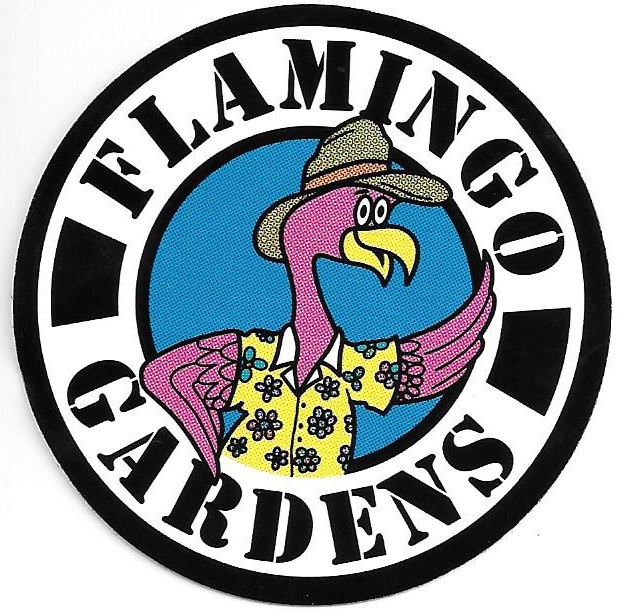Foxtail Fern
- **Type**: Evergreen perennial (not a true fern, part of the asparagus family)
- **Height**: 1 to 2 feet (30 to 60 cm)
- **Width**: 2 to 4 feet (60 to 120 cm), spreading via underground tubers
- **Growth Habit**: Upright, compact, with bushy, plume-like fronds resembling a fox’s tail
- **Foliage**:
- Bright green, needle-like cladophylls (leaf-like structures), densely packed on arching stems
- Stems are erect, tapering, 1 to 2 feet long (30 to 60 cm), giving a fluffy, feathery texture
- Evergreen in mild climates; may die back in colder conditions
- **Flowers**:
- Tiny, inconspicuous, white to pale pink blooms
- Appear in late spring to early summer (May to June)
- Not a primary feature; often overlooked
- **Fruit**:
- Small, bright red berries, about 0.25 inches (6 mm) across
- Ripen in fall (September to November), adding seasonal interest
- Toxic to humans and pets if ingested
- **Light**: Partial shade to full shade (4-6 hours of filtered sun); tolerates some morning sun but avoid harsh afternoon rays
- **Soil**:
- Well-drained, slightly acidic (pH 6.0 to 6.5)
- Prefers loamy or sandy soil with organic matter
- **Watering**: Moderate; keep soil consistently moist but not waterlogged, allow top inch to dry between waterings
- **Hardiness**: USDA Zones 9 to 11 (20°F or -6°C; can regrow from tubers in Zone 9 with protection)
- **Wildlife**: Attracts birds (berries); not deer-resistant
- **Care**:
- Fertilize in spring with a balanced, slow-release mix (e.g., 10-10-10)
- Prune dead or yellowing fronds in fall for tidiness
- Divide tubers in spring to propagate or control spread
- **Pests/Diseases**:
- Generally pest-free; may see spider mites or scale
- Susceptible to root rot in poorly drained soil
- **Uses**: Containers, hanging baskets, borders, groundcover, houseplant, or cut foliage for arrangements
- **Growth Rate**: Moderate; spreads steadily via tubers
The Foxtail Fern’s unique, fluffy fronds and easy-care nature make it a versatile standout for adding texture to shaded gardens, patios, or indoor spaces. Let me know if you’d like more growing tips or pairing ideas!
